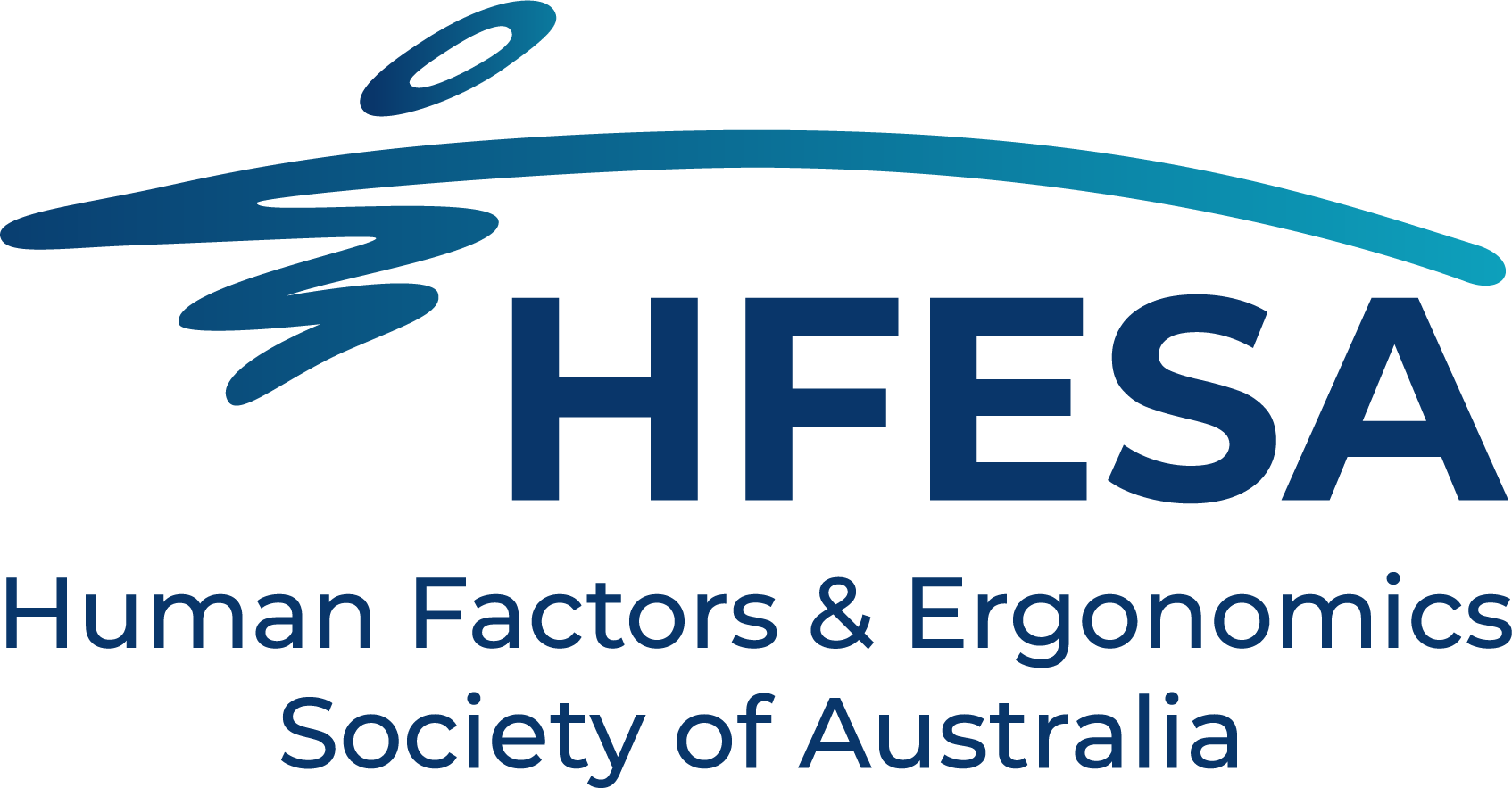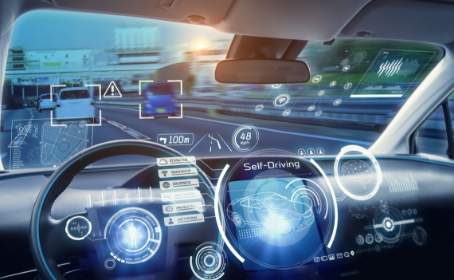The Humans Factors and Ergonomic Society of Australia (HFESA) has produced a three part podcast series featuring conversation between Emeritus Professor Michael Regan PhD, FACRS, MHFESA, and Sharon Todd, the current President of HFESA. The podcasts can be accessed via the HFESA website or the HFE Hub website.
The series features discussion on the Human Factors and Ergonomic (HFE) challenges with the use, design and deployment of Automated and Autonomous Vehicles. The series delves into the differences between these vehicles, the benefits they bring to society, some of the HFE issues for designers, and what the HFE community is doing to address the challenges in the design of these vehicles.
Autonomous vehicles have the potential to significantly impact traffic safety and mobility, and a podcast discussing this topic highlights their potential benefits as well as the challenges that must be overcome. Here are some of the key takeaways from the conversation:
Improving Traffic Safety and Mobility with Autonomous Vehicles
The podcasts highlight the potential for autonomous vehicles to reduce accidents and improve traffic safety, particularly with vehicles that have level 2 automation. It is pointed out that autonomous vehicles could improve mobility, providing more flexible and affordable options for people with disabilities or those living in areas without public transportation.
Challenges in Adopting Autonomous Vehicles
While autonomous vehicles offer many benefits, there are still significant technical and human challenges that need to be addressed. These challenges include developing and refining algorithms, remotely monitoring vehicle activity, and addressing cybersecurity concerns.. One of the biggest challenges is ensuring that autonomous vehicles are as safe as human drivers, especially at higher levels of automation (levels 3-5).
The Role of the HFE Professional
Human factors and ergonomics professionals will play an important role in addressing these challenges and ensuring that autonomous vehicles are designed with human-centred principles in mind. This includes considering how humans interact with autonomous vehicles, designing interfaces that are easy to use and understand, and ensuring that vehicles are accessible to all users.
Why Tune In?
The podcast is relevant for anyone interested in autonomous vehicles and their potential impact on traffic safety and mobility. It is especially useful for professionals in human factors and ergonomics who will be working on developing and refining autonomous vehicle technology. By tuning into this podcast, listeners can gain insights into the potential benefits and challenges of autonomous vehicles and gain a better understanding of the role they can play in shaping the future of transportation.
Please Share
This page can be shared on social media platforms and forums (e.g. Twitter, LinkedIn, Facebook). It would also be beneficial to share the podcast with individuals or organizations interested in the topics discussed in the podcast, such as those involved in human factors and ergonomics, transportation safety, and autonomous vehicles. When sharing, please use the hashtags below:
#HFESA #HFES #autonomousvehicles #mobility #trafficsafety #tesla #userexperience #designthinking #automation #selfdrivingcars #safety, #mobility #transportation #humanfactors #ergonomics #podcast
https://www.ergonomics.org.au/podcasts/
https://www.hfehub.au/
Prepared by Michael Dubos

